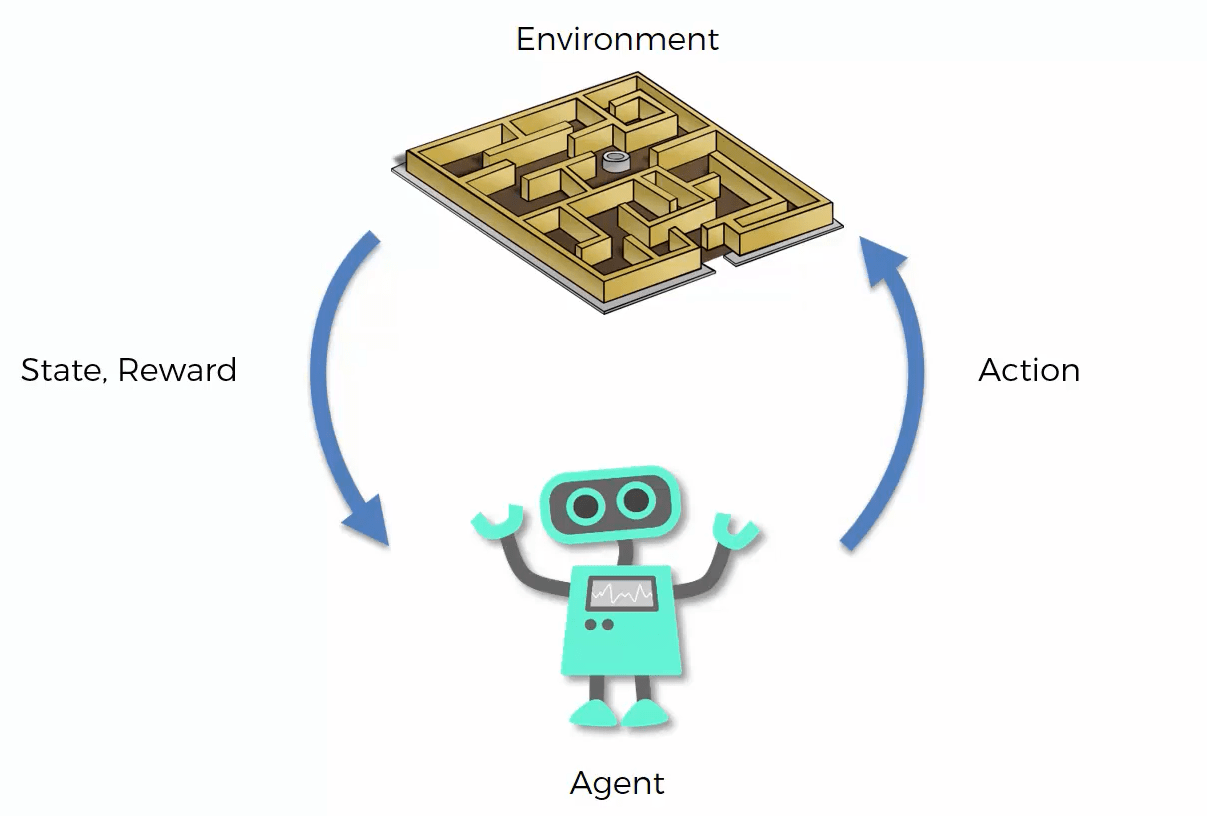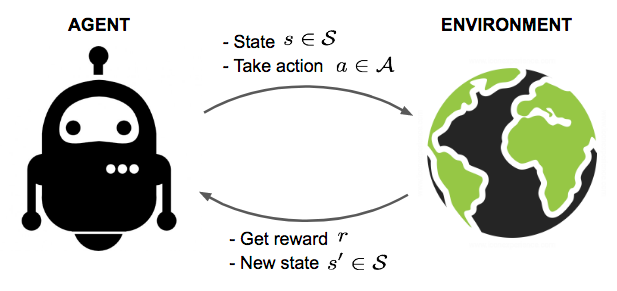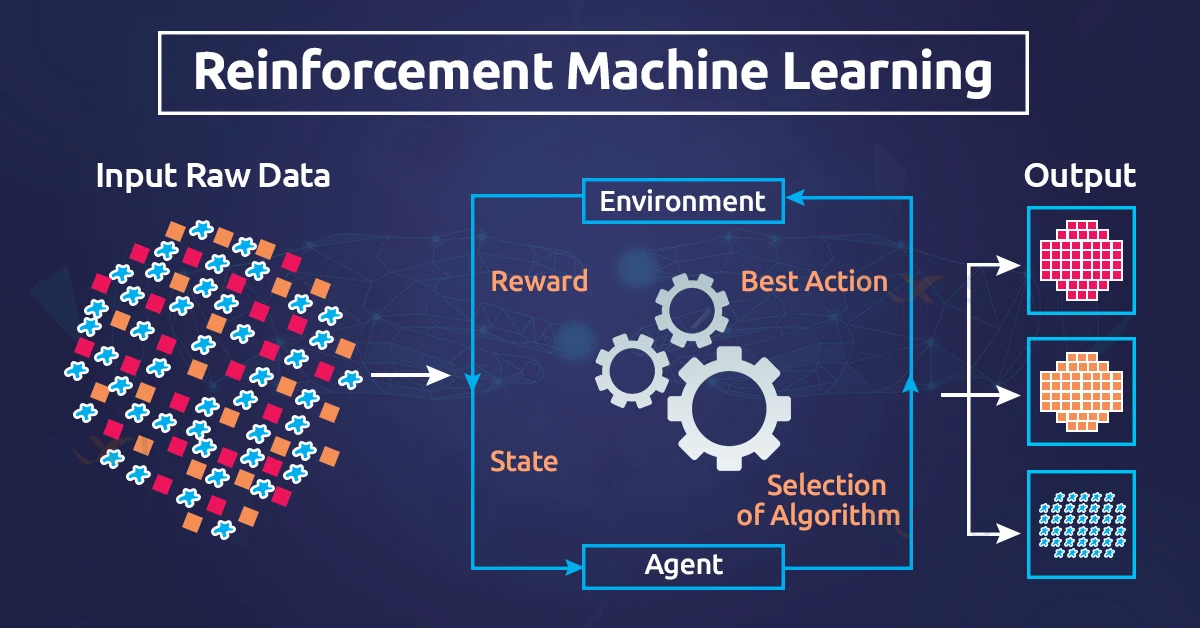Reinforcement Learning Systems are revolutionizing modern AI by enabling machines to learn, adapt, and optimize decisions autonomously. Discover how RL works, its algorithms, applications, benefits, challenges—and why it’s transforming industries in 2025 and beyond.

Introduction: The Frontier of Autonomous Intelligence
Reinforcement Learning Systems represent one of the most advanced branches of artificial intelligence—systems capable of learning through interaction, rewards, and self-improvement. Unlike traditional machine learning models that rely heavily on human-labeled data, reinforcement learning enables AI to teach itself, refining decisions through trial, error, and long-term reward optimization.
In an era where industries demand real-time intelligence, adaptability, and automation, reinforcement learning stands at the center of the next AI evolution.
-
Introduction: The Frontier of Autonomous Intelligence
-
What Are Reinforcement Learning Systems?
-
How Reinforcement Learning Systems Differ from Other AI Paradigms
-
Core Components of Reinforcement Learning Systems
-
Key Algorithms in Reinforcement Learning
-
Essential Techniques in Modern RL
-
Real-World Applications of Reinforcement Learning Systems
-
Integration with Deep Learning and Generative AI
-
Challenges and Ethical Considerations
-
The Future of Reinforcement Learning Systems
-
Conclusion
-
External Resources
-
Internal References
In the rapidly evolving world of artificial intelligence, reinforcement learning systems stand out as one of the most revolutionary technologies shaping the future of intelligent decision-making. Unlike traditional supervised or unsupervised learning approaches, reinforcement learning (RL) empowers machines to learn through experience, feedback, and trial-and-error, mimicking the adaptive capabilities of human and biological systems.
In essence, reinforcement learning enables AI agents to act, evaluate the results of those actions, and iteratively optimize behavior to achieve predefined goals. This transformative approach moves beyond static prediction or classification, allowing systems to think, adapt, and refine themselves autonomously.
In this article, we will explore the mechanics, algorithms, applications, and challenges of reinforcement learning systems, highlighting how this AI paradigm is transforming industries and shaping the next generation of intelligent automation.
Understanding Reinforcement Learning: How It Differs from Other AI Paradigms
At its core, reinforcement learning differs fundamentally from supervised and unsupervised learning:
- Supervised Learning: Models are trained on labeled datasets, learning to map inputs to outputs. Accuracy is measured against known answers, but the system cannot explore or adapt beyond the provided data.
- Unsupervised Learning: Systems detect patterns in unlabeled data, such as clustering or dimensionality reduction, but they do not interact with an environment or optimize actions over time.
- Reinforcement Learning: RL agents actively interact with an environment, take actions, and receive feedback in the form of rewards or penalties, enabling them to learn optimal strategies dynamically.
This continuous feedback loop transforms RL into an inherently adaptive system. Instead of relying solely on historical data, RL agents learn from the consequences of their actions, developing strategies that can adapt to dynamic, uncertain, and complex environments.
Core Components of Reinforcement Learning Systems
To understand how reinforcement learning systems work, it’s essential to explore their fundamental building blocks:
1. Agents
The agent is the decision-making entity. It can be a robot, a software program, or even a simulated character in a video game. The agent’s objective is to maximize cumulative rewards over time by taking optimal actions within an environment.
2. Environment
The environment represents everything outside the agent. It provides the agent with states — a snapshot of the current situation — and reacts to the agent’s actions, delivering rewards or penalties accordingly.
3. Actions
Actions are the possible moves or decisions an agent can take. For example, a self-driving car may accelerate, brake, or turn. The agent’s policy, a mapping of states to actions, guides which move to choose in any given state.
4. Rewards
Rewards are feedback signals that guide learning. Positive rewards encourage actions that bring the agent closer to its goal, while negative rewards discourage undesirable actions. Crafting an effective reward function is critical to ensuring RL agents learn desired behaviors.
5. Policy
A policy defines the agent’s behavior: which action to take in which state. Policies can be deterministic (specific actions for each state) or stochastic (probabilistic actions). Reinforcement learning systems continuously optimize policies to maximize expected cumulative rewards.
Key Reinforcement Learning Algorithms
Reinforcement learning has evolved from simple tabular methods to sophisticated deep learning-based algorithms. Here are the most influential approaches:
1. Q-Learning
Q-learning is a value-based algorithm that learns the quality (Q-value) of state-action pairs. It allows agents to determine the expected reward of taking an action in a given state and updating this value iteratively.
2. Deep Q-Networks (DQN)
DQN integrates neural networks with Q-learning to handle high-dimensional environments, such as video games or robotics. By approximating Q-values with deep networks, DQN enables agents to make decisions in complex, dynamic scenarios.
3. Policy Gradient Methods
Policy gradient algorithms directly optimize the policy instead of the value function. By using gradient ascent, agents learn to improve actions probabilistically, which is especially effective in continuous action spaces.
4. Actor-Critic Models
Actor-Critic methods combine value-based and policy-based approaches. The actor selects actions, while the critic evaluates them. This combination accelerates learning and stabilizes training in challenging environments.
5. Deep Reinforcement Learning (DRL)
DRL merges reinforcement learning with deep neural networks, enabling agents to tackle complex, high-dimensional tasks such as autonomous driving, strategic games, or large-scale simulations.
Key Components and Techniques in Modern Reinforcement Learning

Reward Functions and Exploration-Exploitation Balance
Designing a proper reward function is crucial. Agents must balance exploration (trying new actions to discover higher rewards) with exploitation (choosing actions known to yield high rewards). This balance is a central challenge in RL system design.
Environment Simulation and Policy Optimization
Many RL systems rely on simulated environments to train agents efficiently before deploying in real-world scenarios. Policy optimization techniques ensure that the agent consistently improves over iterations.
Reinforcement Learning Frameworks
Frameworks like TensorFlow Agents, PyTorch RL, OpenAI Gym, and RLlib provide robust tools to build, train, and deploy RL systems, offering standardized environments, algorithms, and evaluation metrics.
Role of Neural Networks
Neural networks scale reinforcement learning to high-dimensional and unstructured inputs, such as images, videos, or sensor data. They allow RL agents to learn representations of complex states that traditional tabular methods cannot handle.
Real-World Applications of Reinforcement Learning Systems

Autonomous Systems
Robotics, drones, and self-driving cars rely heavily on RL to navigate uncertain environments, optimize paths, and adapt to real-world variability. For instance, RL enables robots to learn grasping objects or drones to avoid obstacles autonomously.
Finance
In finance, RL drives algorithmic trading, portfolio optimization, and risk management. Agents learn to make sequential investment decisions, continuously adjusting strategies based on market feedback.
Healthcare
RL is transforming healthcare by supporting personalized treatment planning, drug discovery, and patient monitoring. Algorithms optimize interventions, balance risks, and predict outcomes based on historical and real-time data.
Manufacturing
In manufacturing, RL optimizes process control, predictive maintenance, and resource allocation. Agents adapt to changing production conditions, reducing downtime and increasing efficiency.
Gaming and Simulations
Gaming has been a testbed for RL innovation. Systems like AlphaGo, AlphaZero, and OpenAI Five demonstrate how RL can master strategically complex games by learning optimal moves through self-play.
Integration with Deep Learning and Generative AI
Modern reinforcement learning systems are increasingly integrated with deep learning and generative AI, enabling agents to tackle previously intractable problems. Deep networks allow RL agents to perceive and reason in high-dimensional spaces, while generative models help simulate environments, anticipate outcomes, and plan complex strategies. This integration is a key step toward adaptive, general-purpose intelligence.
Challenges and Ethical Considerations
Despite its potential, reinforcement learning faces several challenges:
- Data Efficiency: RL agents often require massive amounts of interaction data to learn effectively, making real-world training costly or slow.
- Reward Hacking: Poorly designed reward functions can lead to unintended, undesirable behaviors.
- Interpretability: Understanding why RL agents make certain decisions is critical, especially in high-stakes applications like healthcare or finance.
- Safety and Alignment: Ensuring that autonomous systems act safely and align with human values is a pressing concern as RL agents become more capable.
The Future of Reinforcement Learning Systems

As we advance, reinforcement learning systems will increasingly power autonomous AI ecosystems capable of self-optimization, adaptive reasoning, and continuous learning. Imagine factories where machines autonomously optimize production lines, cities where traffic flows are dynamically managed by RL-driven AI, or healthcare systems that adapt treatment plans in real time based on patient response.
The integration of RL with multi-agent systems, cloud-scale computing, and edge AI will further extend capabilities, enabling large-scale decision intelligence across industries. Over the next decade, reinforcement learning may play a pivotal role in achieving Artificial General Intelligence (AGI) — machines that not only act intelligently in specific domains but also generalize knowledge across contexts, much like humans.
Conclusion: Reinforcement Learning as the Engine of the Autonomous Future
Reinforcement learning systems represent the intersection of learning, autonomy, and intelligence. Unlike traditional AI, which relies on pre-labeled data or pattern recognition, RL enables machines to interact with the world, learn from consequences, and optimize decisions continuously. This capability transforms AI from a static tool into a dynamic, adaptive system capable of solving complex, unpredictable problems.
The profound impact of RL spans industries: in autonomous systems, robots learn to navigate uncertain terrains; in finance, algorithms optimize trading strategies with unprecedented precision; in healthcare, treatment personalization is enhanced through continuous patient feedback; in manufacturing, process efficiency reaches new heights through intelligent automation. Beyond these sectors, RL’s integration with deep learning and generative AI accelerates its evolution toward truly adaptive intelligence, enabling agents to perceive, reason, and predict outcomes in complex environments.
However, as with any transformative technology, the journey is fraught with challenges. Ensuring reward alignment, interpretability, safety, and ethical compliance remains paramount. Misaligned RL systems risk unintended consequences, from operational failures to ethical dilemmas. Addressing these concerns requires thoughtful algorithm design, rigorous testing, and human oversight to balance autonomy with accountability.
Looking forward, reinforcement learning systems will underpin the next generation of autonomous AI ecosystems, creating environments where machines not only act but continuously learn, adapt, and evolve. From self-optimizing industries to intelligent digital assistants capable of anticipatory decision-making, RL promises a future where AI transcends its current limitations, offering not just efficiency but genuine intelligence.
In 2025 and beyond, organizations that embrace reinforcement learning systems will gain a competitive advantage, leveraging adaptive AI to solve real-world challenges, enhance decision-making, and drive innovation. Ultimately, RL embodies the promise of AI as a self-learning, self-improving, and profoundly transformative technology — the engine that will redefine intelligence, autonomy, and human potential in the age of AI.


